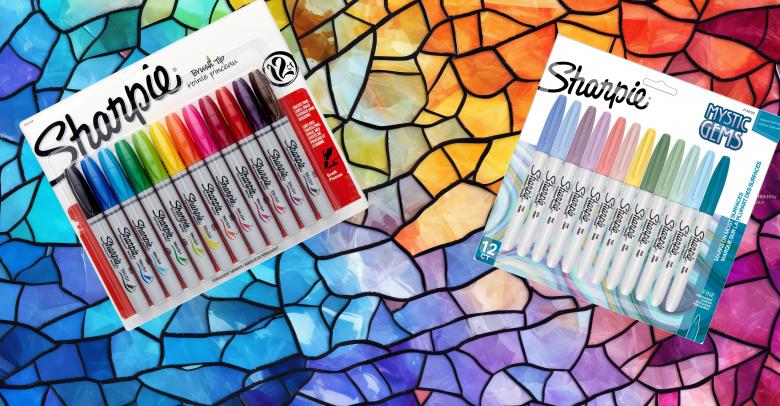Each of your students learns in a different way, so a one-size fits-all approach may not be best for note taking. Visual learners in particular may benefit from exploring one or more of the following methods:
Mapping
Students who are visual learners will love the mapping method of note taking, which creates an image that clearly shows how items are connected. Also called webs or mind maps, mapping in note taking involves placing the central word or idea in the center of the paper, and then adding words and connections as they go. For example, the main word could be “dogs” and the connected words could be a few facts about dogs, including diet, trainability, varieties and more. Each fact is connected to the main idea with a line, creating a web.
Outlining
This classic method works well for traditional learners and those who learn via auditory and reading cues. Information is structured into a traditional outline shape and is all words – dashes, letters and indents – can be used to offset information and to make it easy to retrieve key facts. Outlining works well for those who are already adept note takers, but who need better organizational skills and those who can learn from index and flash card notes.
Venn Diagram
This graphic organizer can be used to show the similarities and differences between two or more items. At its most basic, a venn diagram is made from two overlapping circles – information about Topic A goes into one circle, and information about Topic B goes into the other. The area in which the circles overlap contains common information about both items.
Boxes and Bullets
Another visual method that helps with organization, the notes are gathered into boxes or bullet shapes, with the main idea and supporting ideas in the same location. Using sticky notes for this allows for the notes to be moved and reorganized as needed.
Not everyone learns the same way, and by offering choices when it comes to note taking, you provide your students will skills that will last a lifetime.






Leave a Reply